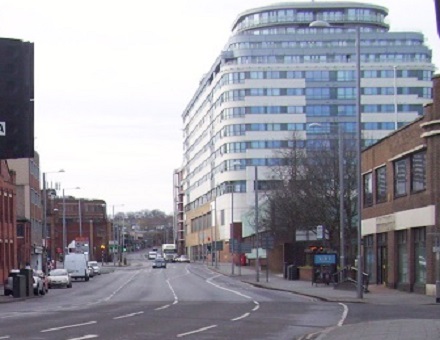The student housing boom and property prices in the UK

The number of people living in city centres has been increasing for the last 30 years.
Our post “Converting shops into homes” (July 2020) gave the example of Manchester city centre, where the population has increased from 500 to 60,000 in this time. City centres are not considered ideal for families with children, so many residents of city centres are older, relatively well off, and living in leasehold or rented flats.
Cities with universities have seen growth in purpose built student flats in city centres, especially during the last 10 years. Many universities have grown rapidly in this time.
There are over 2m students in the UK, including over half a million from abroad. Around one third of students in the UK are now living in purpose built student accommodation, bringing in £50bn in revenue. The lifestyle they enjoy has become an integral part of the student experience.
Many cities were hit hard by the decline of manufacturing and the growth of the student population has given their economies a boost to compensate for this.
Investors in student accommodation can expect a return of 7% to 8%, sometimes considerably more, with very little work to do to manage the properties. Most investors are from abroad.
Many developers have turned their attention to building student accommodation instead of more traditional housing. While rural house building on green field sites is relatively problem free, developers are expected to incorporate a proportion of “affordable” housing within their developments. No such requirement exists for purpose built student accommodation.
There is (or at least was) a need for student housing, especially in cities where Local Authorities have introduced “article 4” directions, which prevent homes being converted into shared houses.
But will the boom continue, or is it a bubble waiting to burst?
In many university towns and cities, especially the smaller ones, there is already an over supply of student flats. The development agencies are now careful to differentiate between cities seen as good for investment in student accommodation (for example Birmingham, Manchester and Nottingham) and those that are not (such as Plymouth).
The number of people turning 18 is in decline anyway. Many universities are now offering remote learning, especially for post graduate courses, and Government policy is to encourage apprenticeships as an alternative to degrees.
Potential overseas students are often concerned about the possibility of stricter visa restrictions, although the dropping value of the pound and international reputation of UK universities still makes Britain attractive to them.
What about the property market in general?
When Britain went into the first lockdown, the property market was forced to close. Experts were making grim predictions about its future.
In fact as soon as that lockdown was eased the property market grew dramatically. The stamp duty holiday played a part. So did the number of people wanting to move to suburban and rural settings. Homeworking has meant that many people are better able to choose where they want to live, so many have been able to move.
More time spent in the house seems to have focussed minds on what sort of home people want to live in.
The Halifax has reported an 8.5% increase in property prices during 2020. It’s the first time in history that house prices have risen during a recession. Houses have risen in price by more than flats.
Will the house price boom continue after the pandemic? It depends who you talk to. There are those who believe that they will continue to rise because of an economic recovery.

